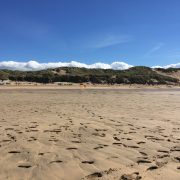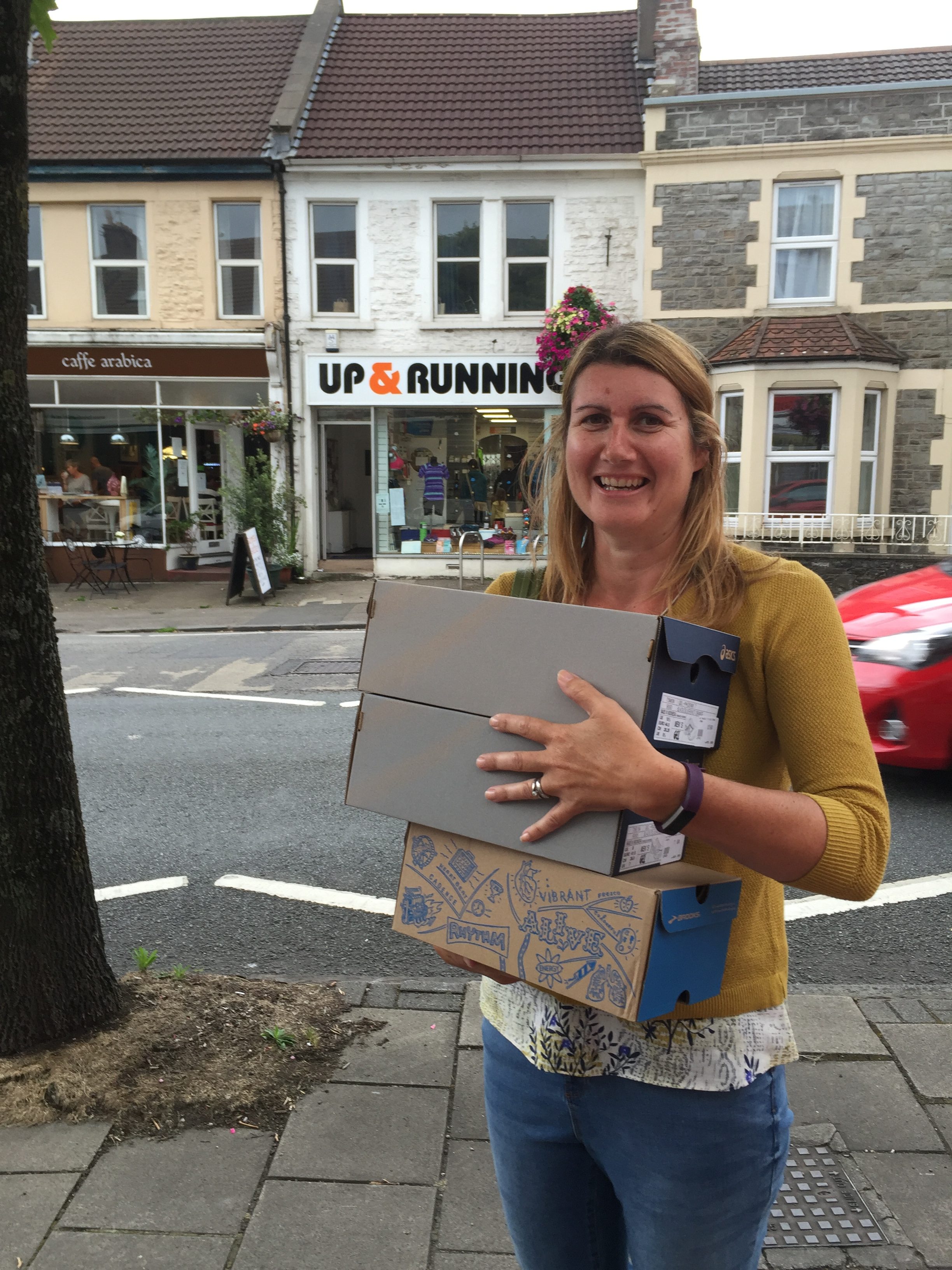Buying Your New Trainer In Store
Getting your gait assessed in store when buying trainers is no bad thing if you have no idea what type of runner you are.
But the rules they use to match you to a pair of shoes are very over simplified. They can guide you on what shoes may suit your running style but they have no knowledge on the underlying causes of why you run like that. You may be advised to wear a stability shoe due to flat feet or overpronation – but in fact if your foot shape and movement is down to skeletal structure as opposed to muscle function and you will find a stability shoe too aggressive and uncomfortable.
These people tend to say ‘I was advised to get a stability shoe to address my foot posture but I had to stop wearing them because they felt like the arches were poking into the soles of my feet.’ These shoes are therefore not appropriate. If it doesn’t feel totally perfect in store then they are not going to start to feel good once you’ve left the store.
Any shop selling you running trainers should have the availability for you to try the trainers whilst running. You will move in a totally different way when running compared to standing or walking and what feels good standing in a shop does not necessarily mean it feels good to run in.
When you get home with your new running trainers:
The key thing with any new running trainers is to break them in gradually. Even between brands and between models within brands there are variations in the technology and materials used. Changes in the amount of shock absorption or areas of stability/mobility will change how much stress goes through each area of your foot and ankle. Any sudden change in stressors will have the potential to overload tissues in the body and lead to injury.
Start with shorter runs and build up the time spent in new trainers gradually. Be guided by any ‘hot spots’ of soreness you feel after a run in them. If you run too far too soon you are more likely to miss these warning signs and get a full blown injury.
Lastly:
More expensive does not mean better. It also does not mean more comfortable or any less likely to cause you issues. The latest fashion new releases are also not always a great place to start. High fashion does not mean they will suit your needs. Also if they do end up feeling good and you want to buy more in the future you want a reliable line you know they will continue to reproduce. The elites get away with running events in the latest footwear because they are strong enough and well trained enough to tolerate regular changes in footwear, they factor this in to their training schedules. It is also likely in their contract that they have to wear them, whether they like them or not!


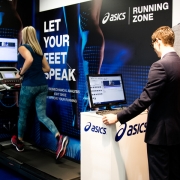
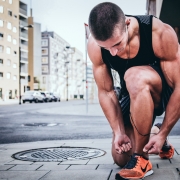
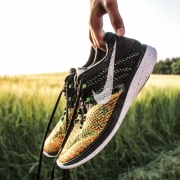
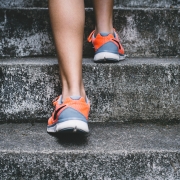
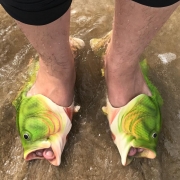
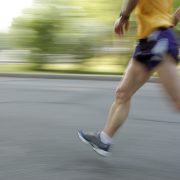

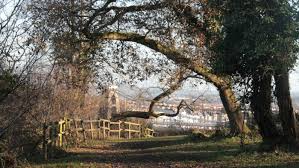
 Take a break in one of the many eateries that overlooks the River Avon to soak up the sights. Come rain or shine there is always something to see and do to keep you entertained, including a market on Sundays at the Watershed where you can see masses of homemade goodies. Whilst at the Harbourside, you can visit the SS Great Britain which is a big part of Bristol’s identity. You could even take part in one of the many activities that Bristol offers on the river. No matter what you like doing, you’ll have a great view to enjoy it with.
Take a break in one of the many eateries that overlooks the River Avon to soak up the sights. Come rain or shine there is always something to see and do to keep you entertained, including a market on Sundays at the Watershed where you can see masses of homemade goodies. Whilst at the Harbourside, you can visit the SS Great Britain which is a big part of Bristol’s identity. You could even take part in one of the many activities that Bristol offers on the river. No matter what you like doing, you’ll have a great view to enjoy it with.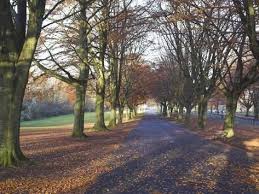
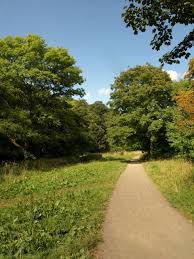

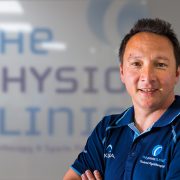
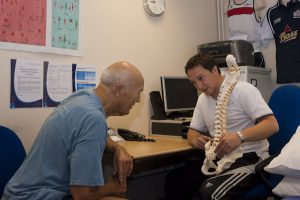
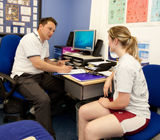
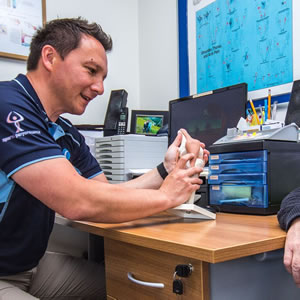

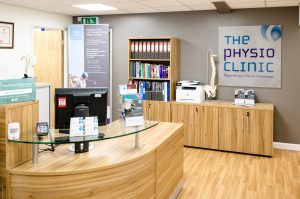 So yes, we are going strong. But sadly, success doesn’t come without a cost and that cost has been my clinical time. Over the last 10 years I’ve built up a large list of clients whom I’ve helped overcome many varied problems, often seeing them on repeated visits for different complaints, not to mention holding many sets of ‘Happy Families’ where I’ve treated several generations of a family. Unfortunately balancing my passion for clinical work and running a successful company has resulted in a reduction in the number of clinics I now run and my availability. I now take this opportunity to say to all my previous clients and future users of the clinic that I am proud to have a team of therapists and support staff who share my values and clinical ethos. A team who I trust to deliver the quality of service that people have grown to expect and a team that I will continue to be a part of, both as clinician and mentor, delivering expert care and overseeing the growth and continued success of The Physio Clinics vision of what Physiotherapy should be. So, rest assured, if I’m not available to assess or treat you, my team has my back and will provide you with the care and service you and others have come to expect, building our success for the future.
So yes, we are going strong. But sadly, success doesn’t come without a cost and that cost has been my clinical time. Over the last 10 years I’ve built up a large list of clients whom I’ve helped overcome many varied problems, often seeing them on repeated visits for different complaints, not to mention holding many sets of ‘Happy Families’ where I’ve treated several generations of a family. Unfortunately balancing my passion for clinical work and running a successful company has resulted in a reduction in the number of clinics I now run and my availability. I now take this opportunity to say to all my previous clients and future users of the clinic that I am proud to have a team of therapists and support staff who share my values and clinical ethos. A team who I trust to deliver the quality of service that people have grown to expect and a team that I will continue to be a part of, both as clinician and mentor, delivering expert care and overseeing the growth and continued success of The Physio Clinics vision of what Physiotherapy should be. So, rest assured, if I’m not available to assess or treat you, my team has my back and will provide you with the care and service you and others have come to expect, building our success for the future.